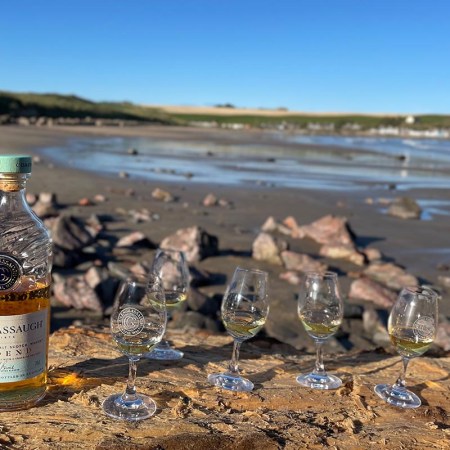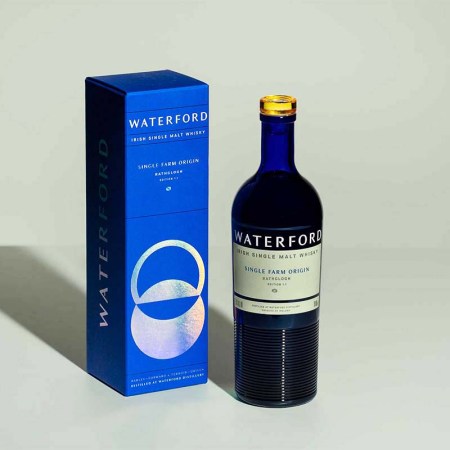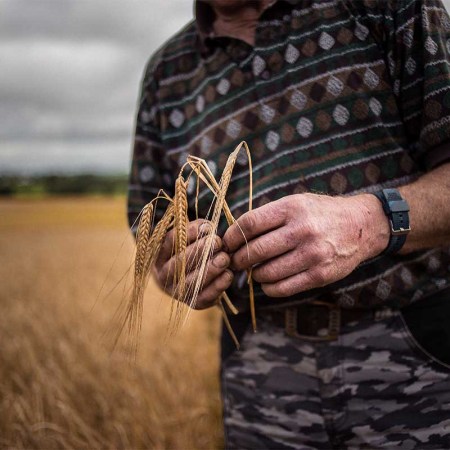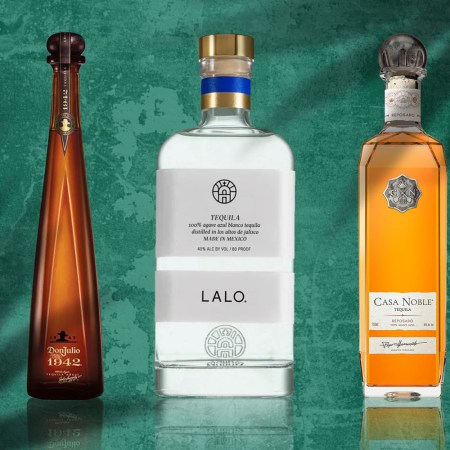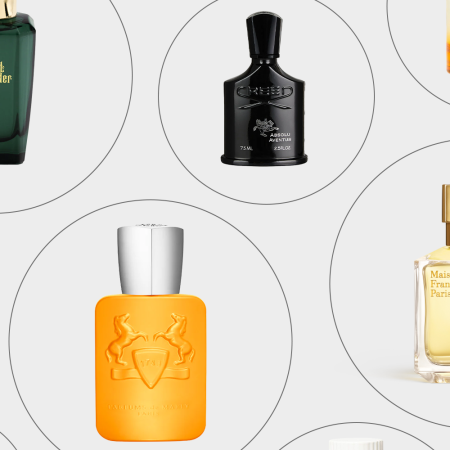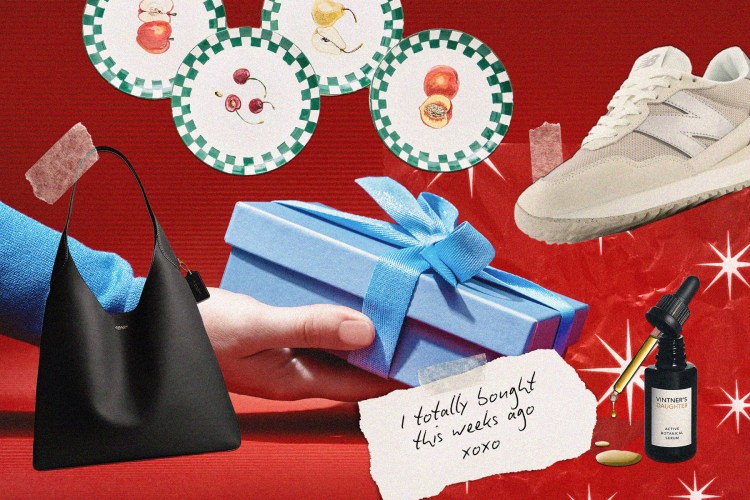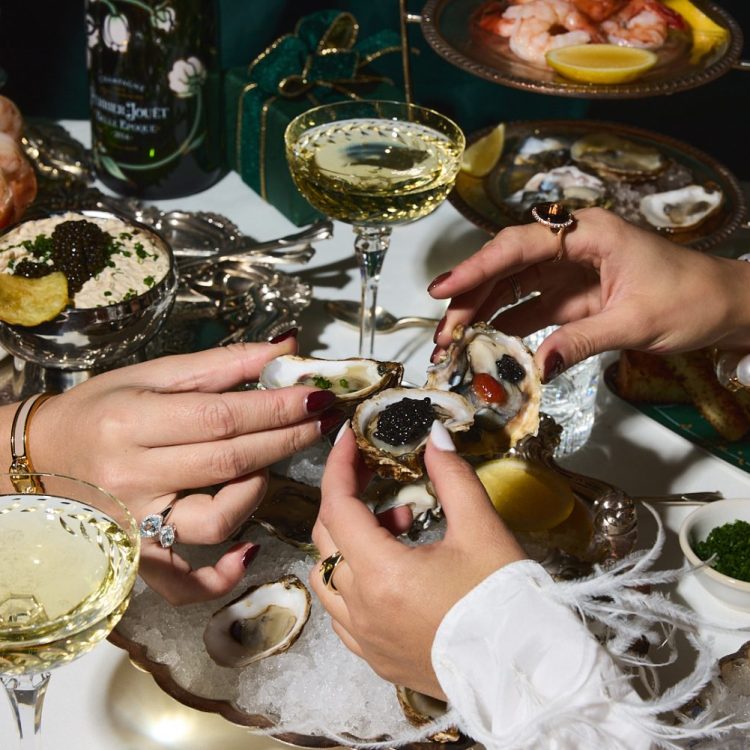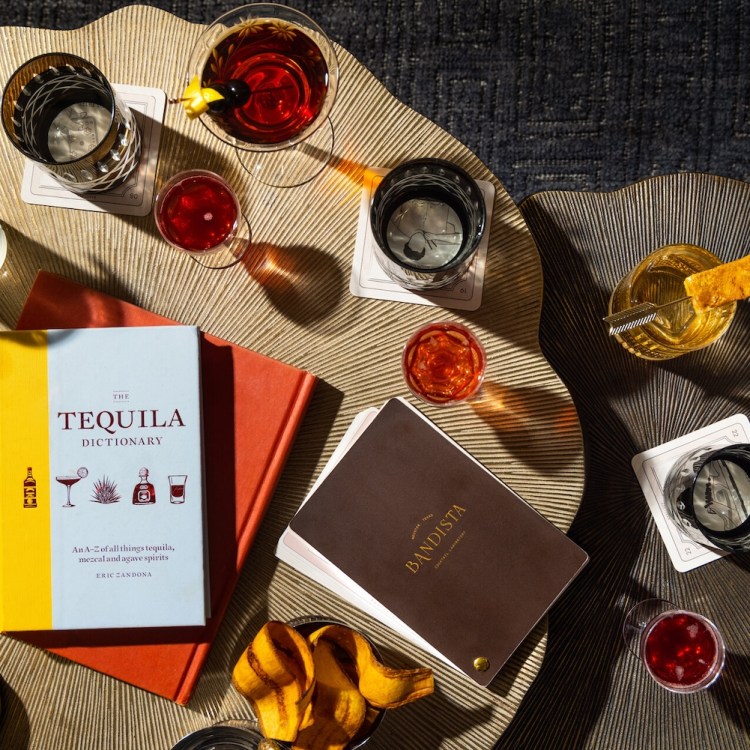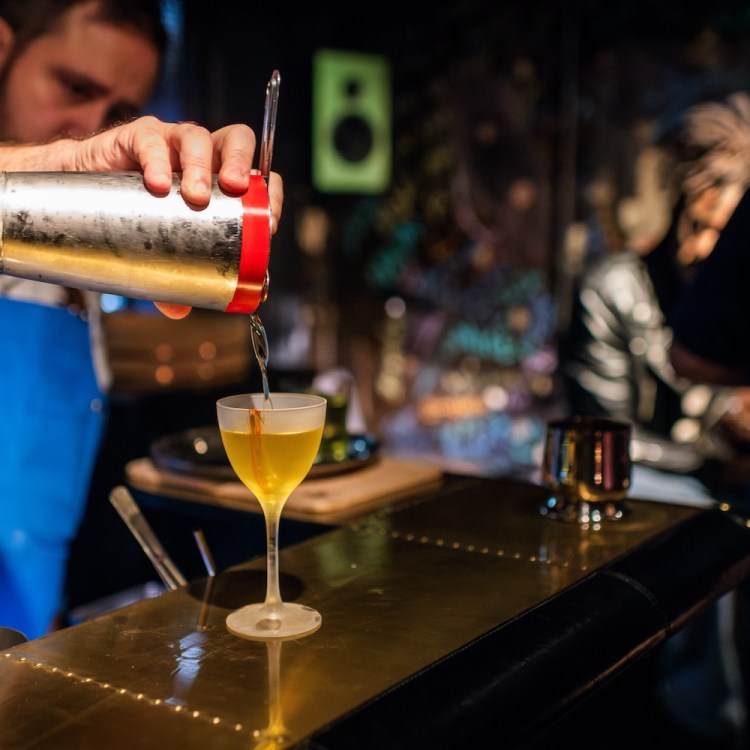Tequila is changing. Well, sort of. The best tequilas have been made the same way for for generations, but the global perception of tequila is in the process of a seismic shift. With its meteoric rise in sales and consumption, people globally are beginning to see that there’s much more to the spirit than the familiar cheap bottles that are stuffed with vanilla flavoring and caramel coloring (and possibly mixed with subpar sugarcane distillate). When made with a focus on traditional techniques that highlight natural agave flavor, tequila is just as complex and delicious as any fine whisky or Cognac.
“Without transparency and knowledge of authentic additive-free tequilas, we run the risk of forgetting what tequila is supposed to taste like,” says Beau du Bois, Vice President of Bar and Spirits at Southern California restaurant chain Puesto. Puesto is one of the largest purchasers of tequila in the state of California. Each of the thousands of tequila cocktails they sell daily across their locations uses an additive-free, traditionally produced tequila. “We choose to spend our money on authentic, additive-free tequilas because it is our responsibility to show our guests brands we are proud of,” he says.
Puesto’s customers and agave aficionados across the world have been quite receptive to the promotion of spirits produced from 100% agave. As consumers and enthusiasts learn more about additive-free tequila and the traditions behind the spirit’s production, their appreciation for the ancestral processes of distillation and its natural flavors tends to grow. And as their appreciation for pure agave flavor grows, it often ignites a thirst for more.
“We’re in a period where it’s all about provenance and transparency,” says Brandon Cummins, Director of Education for Altamar Brands, the company that imports Lagrimas del Valle tequila. “People aren’t just asking questions about how their tequila is made, but precisely where it comes from, too.”
To that point, it has long been understood that there’s a noticeable flavor difference between tequila produced in Los Altos (The Highlands) and Los Valles (The Valleys). “The soil in the highlands is red from the iron oxide-rich oil,” Cummins says. “The valley has a much rocker substrate.”
Beyond soil, differences in elevation and climate means tequila from Los Altos generally has a more fruit-forward and floral flavor profile, compared to the earthier tequilas produced in Las Valles. However, many agave enthusiasts are beginning to discover that even within those two broader regions, there are distinct differences between the agave grown in individual fields.
This is no surprise to experienced tequila producers who have dealt with the differences between farms at a hands-on level for decades. “I can tell you from my experience at La Alteña that when agave comes from different fields, we have to recalibrate the distillery,” says Carlos Camarena, the highly respected third-generation Master Distiller behind El Tesoro, Tapatío and the terroir-focused Tequila Ocho.

After growing up surrounded by the rolling, blue agave-patched hills of Jalisco, Camarena studied to become an agronomist, focusing specifically on the Blue Weber variety of agave. Few people in the world understand the nuances of terroir in tequila better than him. When walking with Camarena through the agave farms near Tequila Ocho’s new Los Alambiques distillery in Arandas, his enthusiasm for the plants and the land from which they grow is infectious. He is a natural teacher.
In an agricultural setting, Blue Weber agaves reproduce asexually, sprouting small shoots at the base of the plant that agave farmers call hijuelos. If an agave matures to the point where it sprouts flowers and can reproduce through pollination, the sugar content in the plants is too low to properly ferment and distill. Because of this, in any given agave field and across most of Jalisco, every plant is genetically identical.
But that doesn’t mean each plant grows identically. “They are all genetically the same, but there is a physical difference even a few feet away,” Camarena says. Miniscule variations between the rockiness of the soil and the amount of sunlight and water each plant receives cause them to grow at different rates. This means the sugar content and acidity — the two primary factors that affect fermentation — vary from plant to plant.

Between two separate ranches, the differences are far more profound. During the years it takes a field of agave to collectively mature, differences in the mineral content of the soil, elevation, temperature, annual rainfall and even the influence of other nearby plants create a microclimate that influences the growth over an entire field, creating a flavor and quality unique to that specific harvest.
“For most tequilas, this would be something undesirable,” Camarena says. Most liquor brands strive to create a uniform product with as little variation as possible between bottles. When Camarena and his late partner, Tomas Estes, founded Tequila Ocho, they opted to do the opposite. “We decided to turn this challenge into a strength,” Camarena adds. “Why don’t we use this difference to prove to the world that terroir in spirits exists?”
With that, Tequila Ocho became the first “single-estate” tequila. “With Ocho, we focus on one variable — where the agave is coming from,” Camarena says. All other variables in production, extraction, fermentation and distillation remain the same from batch to batch, allowing the differences between location and harvests to be at the forefront of every bottle.
An Agave Expert Explains the Terroir of Michael Jordan’s Cincoro Tequila
Cincoro’s portfolio boasts four award-winning tequila expressions: blanco, reposado, añejo and extra añejo“[Single Estate is a] hyperfocus on the terroir of that land and its incredible history,” du Bois says. “Think about wine — if the winemaker says the grapes came from all over France, the identity becomes less distinct.”
Although the concept of terroir is commonly accepted in the wine world, it took a while for the concept to catch on in agave spirits. “Now there’s more of a general understanding of terroir,” Cummins says. “Once people taste it, there’s this mind-blown, a-ha moment. Side-by-side tastings of different single-site batches and even different vintages from the same field proved to curious agave enthusiasts that geographical influence has a major impact on the flavor of a finished tequila.”
On the other side of Jalisco, another experiment on the reflection of terroir in tequila is underway. Lagrimas del Valle is a “rancho unico” (single ranch in English) tequila distilled by fourth-generation distiller, Chava Rosales, at the Cascahuín distillery in El Arenal. Although they use different terminology, their approach resembles Camarena’s at Tequila Ocho.
“We are so far from Carlos’s fields in the highlands,” Cummins says. The agave plants used to distill Lagrimas del Valle are grown across Jalisco’s valleys in a rockier soil, full of rhyolite and obsidian. This gives the tequila produced there, like Lagrimas del Valle’s 2023 El Sabino vintage, an earthier, peppery character. It’s a marked difference from sweet and floral Tequila Ocho vintages made from the agave grown in the red, iron-rich soils of the highlands.
“What we’ve seen from blind tastings and reviews is that at the end of all of this, terroir is absolutely present,” Cummins says.
Looking at the landscape of the tequila industry at this moment, it’s hard to imagine that Lagrimas del Valle and Tequila Ocho will be the only single-farm tequilas on the market for much longer.
“Before we launched we used the phrase, ‘It’s not if, it’s when,’” Cummins says. “I do think it’s something that will continue.” Both Camarena and du Bois echo this sentiment. As the thirst for high-quality, ethically-produced tequila grows, so will the appreciation for the land where the agaves grow. Astute brands and producers will be ready to meet that demand with more terroir-focused tequilas.
Join America's Fastest Growing Spirits Newsletter THE SPILL. Unlock all the reviews, recipes and revelry — and get 15% off award-winning La Tierra de Acre Mezcal.


